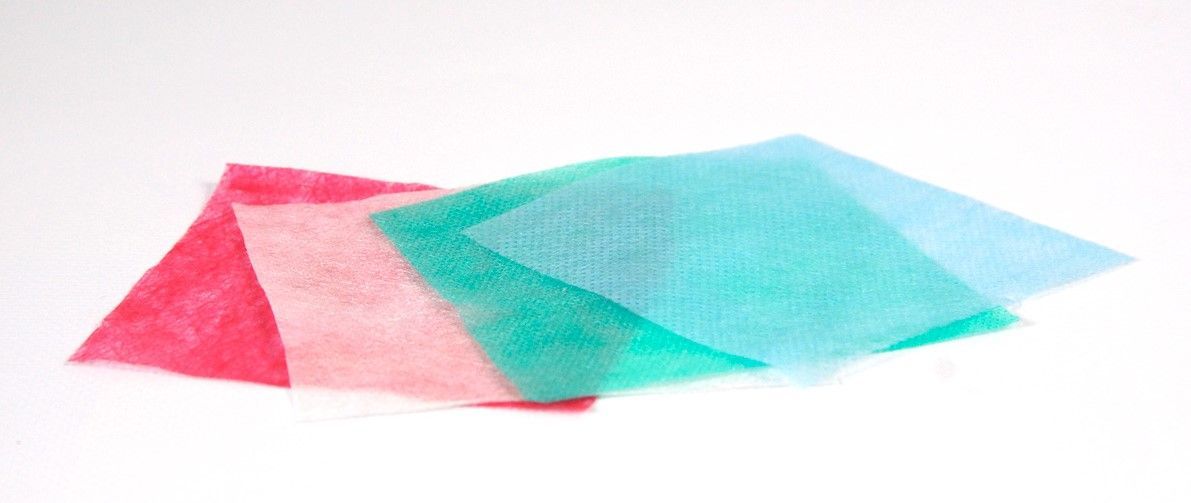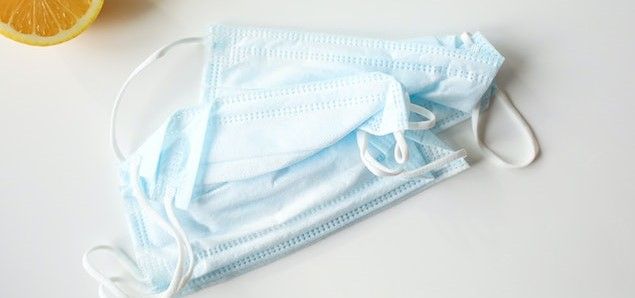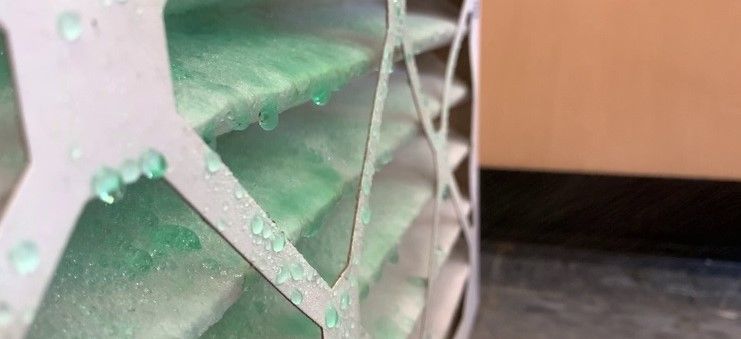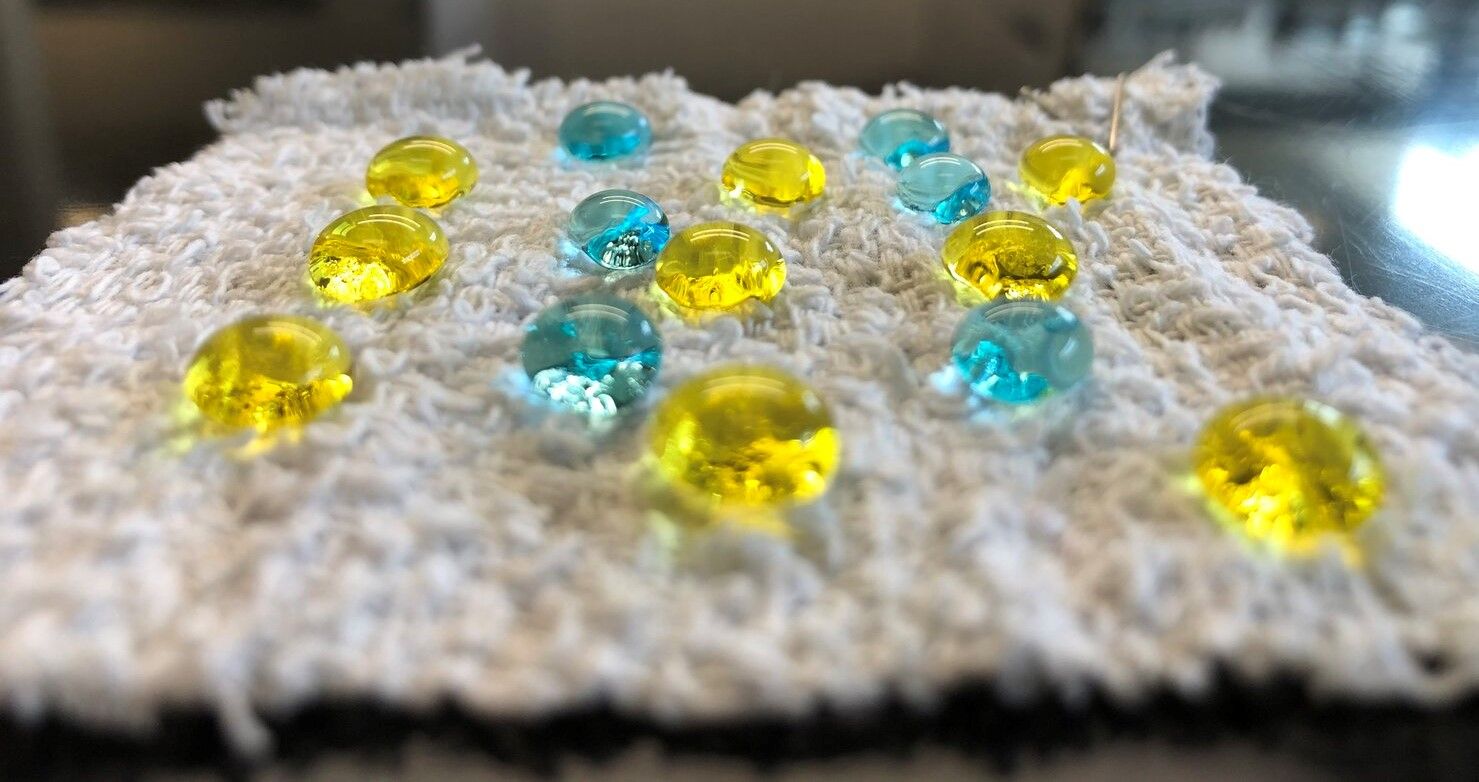Nanoproducts, some of the world’s most advanced and versatile industrial raw materials, are being used to combat the spread of coronavirus.
In two separate developments, nanoparticles are being employed to improve the designs of both face masks and air filters.
Nanoparticles Create a Face Mask Which Kills Coronavirus on Contact
The first nanotechnology advance is a fabric with the power to kill bacteria and viruses on contact and is based on a textile embedded with nanoparticles of copper, zinc, silver, gold, and cerium to give it pathogen destroying properties.
Called NANO AB PP-25, the nanofabric was developed following a cooperation between the Prague-based company AG CHEMI GROUP (who host this webpage) and nanotechnology researchers from central Europe.

Already the new textile has been tested and found to be effective against 99.99% of all known pathogens. These results have led the company to securing patents, and, as the company’s founder and CEO, Igor Sevcenko, explains, “There are now fixed plans to open a NANO DEVELOPMENT CENTER in Kladno, Czechia by the end of 2020.”
As any fabric is suitable for application of the nanotechnology, one of the first uses will be to create face masks which can kill coronavirus on contact. However, other possibilities include use on doctors’ gowns, hospital bed linen, and nurses’ uniforms.

It is hoped that production of the virus killing textile will begin as soon as possible to help fight the spread of coronavirus.
Nanoparticles Capture Airborne Water Droplets and Aerosols in Air Filters
Developed by Professor Seamus Curran from the University of Houston, the nanotech air filtration system is based on his previous work using nanotechnology to create waterproof coatings. Realising the need for improved defences against coronavirus, he adapted the nanoparticle design, firstly for face masks, and then to create a filter which captures particles and tiny water droplets without restricting air flow.
The biggest challenge in improving air filtration systems to match the needs during a global health pandemic is that the filters employed are designed largely to capture solid particles such as pollen and dust. This means that an air filter with a competent Minimum Efficiency Reporting Value (MERV) rating is unlikely to stop tiny water particles or aerosols that are carrying the coronavirus.
Curran’s nanocoating for air filters solves this problem.

As the university press release explains, “The coating works by capturing liquids which encase the virus particles while still allowing air to flow through unimpeded. That allows ventilation systems to remove the virus during normal operation, without retrofitting or limiting the system’s ability to draw fresh air.”
The nanotech air filter design has now been tested at an independent lab, Water Lens, which found that a filter that had been sprayed with the nanocoating was able to capture airborne water droplets that an untreated filter of the same quality could not.
This is a major design improvement, as the coronavirus is spread on the tiny droplets of saliva, phlegm, and mucus that are exhaled when people speak, cough, and sneeze.
“Our goal isn’t to change the rating of the filter,” said Curran. “Filters are selected for the volume of the room they’re in. Our goal is to go after the virus. If we do, we can get people back into buildings in a safer environment and get the economy moving.”
The commercialisation of this nanotechnology has already begun, with the founding of the company Curran Biotech and the application of the nanocoating on an air filtration system in a public building in New York City.
“Building technologies, including filtration, HVAC systems and indoor air quality, are of paramount importance to reopening America safely,” says Scott Livingston, CEO of Livingston Securities, a company which advises investors on nanotechnology solutions. “The war on COVID is being fought on a number of fronts, and poorly ventilated buildings and transportation systems are of major concern. We support Dr. Curran and look forward to working with Curran Biotech as they scale up this important COVID mitigation solution.”

In a year of uncertainty and lockdowns, it is comforting to know that progress is being made by the scientific community to help keep people safe.
And while a vaccine or cure remains the most needed development to defeat COVID, it is heart-warming to see that nanotechnology researchers and entrepreneurs are cooperating to bring products to market that will help everyone breathe a little easier.
“We need science to help us get back to some form of normality,” notes Curran, “and we are happy to play our part.”
Photo credit: Curran Biotech, AG CHEMI GROUP, Polina Tankilevitch from Pexels, Daniel Roberts from Pixabay